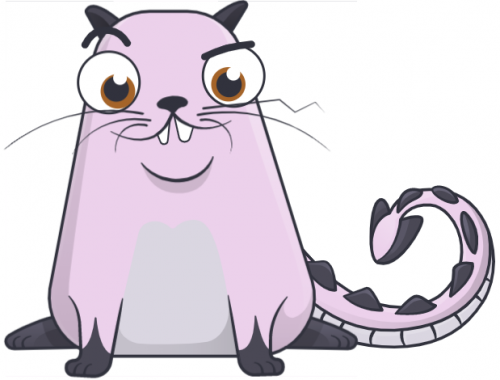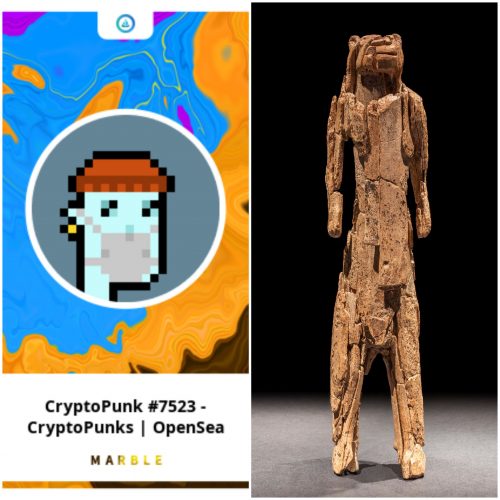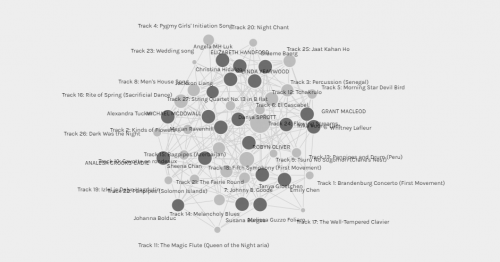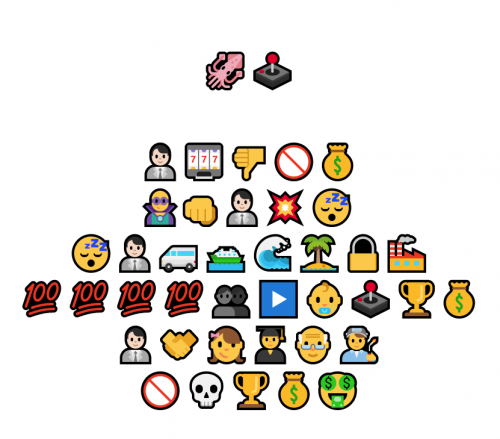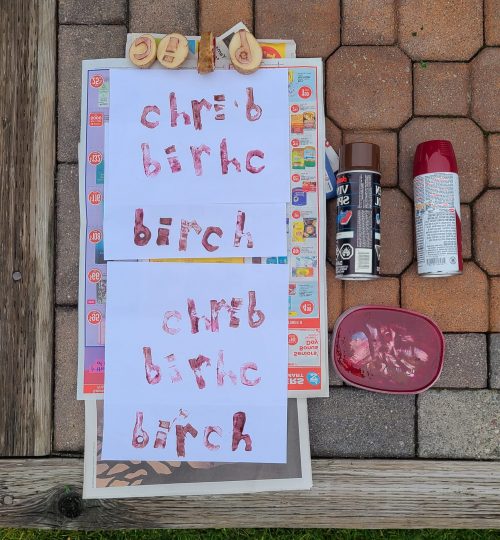Hey there everyone!
For this post, I will be delivering an unscripted narrative of the events and steps of stock breakout. Using google voice type, whatever I have spoken will be accounted for and converted into writing. Needless to say, voice type got the job done but is not perfect. Click on the link to view the unedited voice-to-text paragraph. If you would like, listen to the record that I had done simultaneously with the voice-to-text passage. See if you can spot some of the differences that I had between the recording and voice-to-text portion.
I find it astonishing that in a matter of milliseconds, the Google documents tool, voice typing, was able to processes my speech, best present the text, and simultaneously record what I was saying in writing. It is as if the words I had spoken had become material in an instant. This pales in contrast to the first forms of record-keeping used 5200 years ago in Mesopotamia. Where farmers shaped and backed clay to measure the amount of produce they had or were owed. The meticulous time these farmers had to perfect the shape of their clay wasn’t a luxury that Google’s voice typing gave me. I was astonished that voice typing could keep up with my fast-paced rhetoric. Although, a lack of clarity, perfect pronunciation, and slang may have lent to more than a dozen botched interpretations. Here are several of my favourites :
- for sending – or something
- table – stable
- my pink cupping – might be cupping
- cut it to link – cut it to length
- boat I’m – bowtie
- weave – we’ve
- is a zoo quickly see – cuz as you’ll quickly see
- 567 in – 5, 6, 7 inches
- stock has been – stock that’s been
At no fault of its own, Google’s voice type had done its best to make meaning of the meaningless pauses, hesitations and sounds I made while pondering where my train of thought was taking me. There was a brief moment in the recording at one minute and fifty-six seconds where I had made a mistake and acknowledged out loud that there was no going back. Sure enough, that error was evident in the voice-to-text conversion.
Once more, I had another brain fart and looked at the screen as it was recording and exclaimed, “sorry I’m looking at the screen now I’m getting a little bit distracted as these words are coming up, [it’]s pretty fun” at three minutes and eighteen seconds. Just as I was susceptible to making mistakes as I talked, spoking succumbs to its own problems. Whiles language can be influenced by accents, speech impediments and informal slang. The writing process is filtered, paused and edited until perfection. Written language is often stringently enforced and regimented for ease of use. Whiles many people can communicate relatively easily and understand each other regardless of slang and accents. Writing allows anyone to read and understand what was try to be communicated.
Listening back to the recording and reading through the artifact that my own voice created. I have a weird sense of pride that the person I am had a moment to shine unfiltered and unedited. I would not attempt to create and share unedited work like this with my students. Although, at this moment, I now understand the struggle humanity has faced in documenting oral traditions and stories. Even though we may pull words from oral stories and preserve them, such stories may lose the meaning and emotion our elders and ancestors had once given them. Considering the many forms of communication that have developed in the past century, like video, augmented, or virtual reality medias. Such content may have bridged the gap in preserving the intended means of communicating face to face that written storytelling has lost whilst voice-to-text may be attempting to bridge.
